North Thailand’s temples aren’t just places of worship—they’re living pieces of history that showcase centuries of Lanna culture, artistic brilliance, and spiritual devotion. From mountaintop shrines offering panoramic views to ancient complexes housing priceless artifacts, these sacred sites represent the heart and soul of the region’s Buddhist heritage.
Here is a list of 20 temples that capture the diverse beauty and cultural significance of North Thailand’s most remarkable religious architecture.
Wat Phra That Doi Suthep

Perched 3,521 feet above Chiang Mai, this golden temple feels like it’s touching the clouds themselves. The 309-step naga staircase leading to the main complex serves as both a pilgrimage route and a workout that makes reaching the top feel like a genuine achievement.
On clear days, the entire Chiang Mai valley spreads out below like a detailed map.
Wat Rong Khun
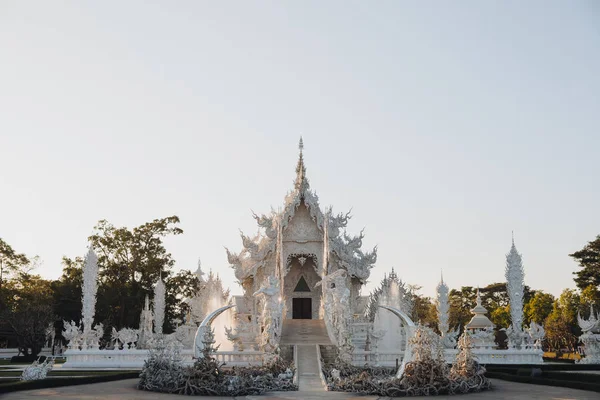
This contemporary masterpiece in Chiang Rai looks like it was carved from snow and decorated with mirrors from a fairy tale. Artist Chalermchai Kositpipat created something that breaks every traditional temple rule while somehow feeling deeply spiritual.
The intricate white facades catch sunlight and create reflections that shift throughout the day like living art.
Like Travel Pug’s content? Follow us on MSN.
Wat Chedi Luang
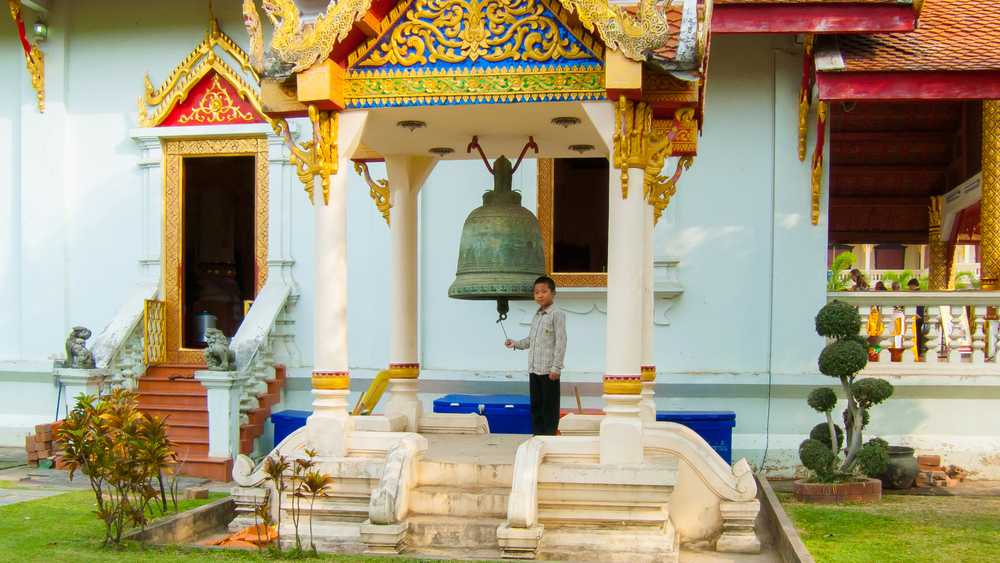
The partially collapsed chedi at this Chiang Mai temple tells a story of both destruction and endurance that spans six centuries. What remains of the 197-foot structure still towers over the surrounding buildings after an earthquake in 1545 reduced it from its original 270-foot height.
The temple grounds also house a jade replica of the famous Emerald Buddha, making it a crucial stop for understanding Thai Buddhist history.
Wat Phra Singh

This Chiang Mai temple serves as the perfect introduction to classic Lanna architecture with its tiered roofs and golden decorations that seem to glow from within. The Phra Singh Buddha image housed here draws pilgrims from across Thailand who believe it possesses special protective powers.
Walking through the compound feels like stepping into a textbook illustration of traditional northern Thai design.
Wat Rong Suea Ten
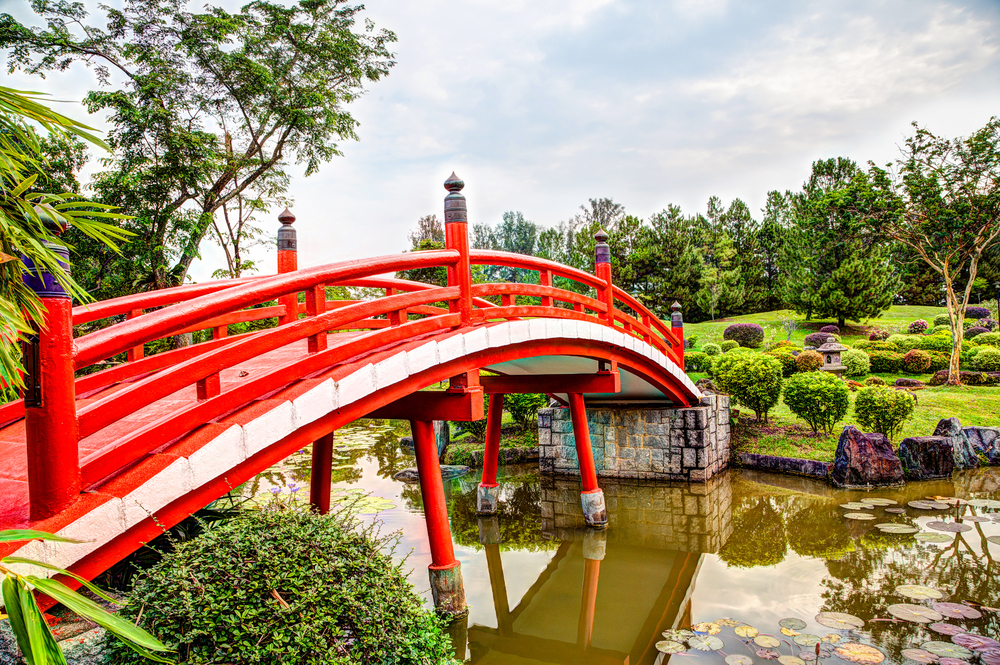
The Blue Temple in Chiang Rai proves that contemporary temple design can honor tradition while pushing artistic boundaries in unexpected directions. Every surface seems painted in shades of blue that range from deep ocean tones to bright sky colors, creating an otherworldly atmosphere.
The main hall houses a massive white Buddha that appears to emerge from the blue backdrop like a vision.
Like Travel Pug’s content? Follow us on MSN.
Wat Phra That Lampang Luang
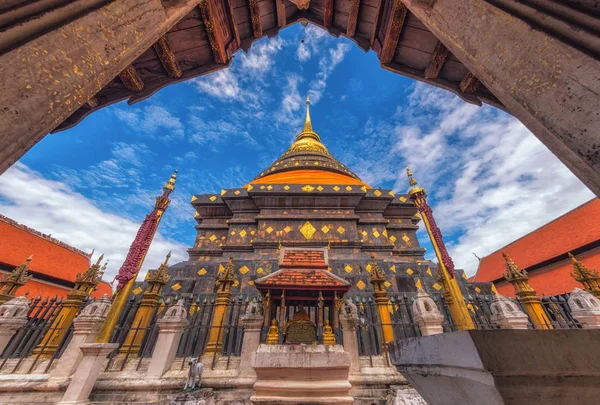
This Lampang temple complex represents one of the finest examples of Lanna architecture that hasn’t been heavily restored or modernized. The ancient teak structures and original murals provide an authentic glimpse into how these sacred spaces looked centuries ago.
The temple’s elevated position and surrounding walls create a fortress-like atmosphere that speaks to its historical importance.
Wat Umong

Built into forested hills outside Chiang Mai, this temple incorporates natural caves and tunnels that create a mystical underground worship experience—the ancient tunnels house Buddha images in alcoves that feel like hidden shrines discovered by explorers.
Above ground, the peaceful grounds offer walking paths through old-growth trees that provide natural meditation spaces.
Wat Suan Dok
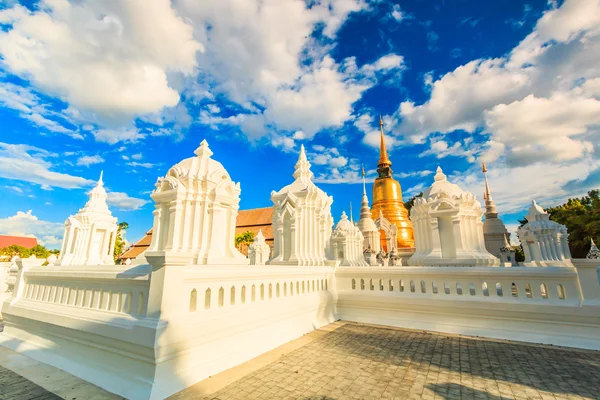
The white chedis scattered across this Chiang Mai temple’s grounds create a miniature city of monuments honoring northern Thai royalty. Each structure contains ashes of Lanna rulers, turning the entire complex into an outdoor mausoleum with significant historical weight.
The sunset views from here transform the white structures into golden beacons that illuminate the western mountains.
Like Travel Pug’s content? Follow us on MSN.
Wat Phra That Hariphunchai
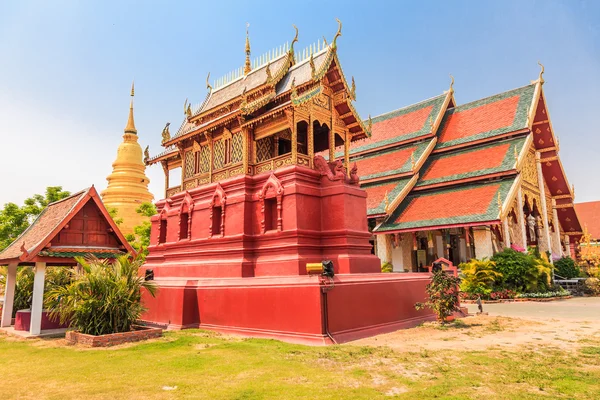
This Lamphun temple houses one of northern Thailand’s most important Buddha relics in a chedi that has been rebuilt and expanded over nine centuries. The 165-foot golden spire dominates the Lamphun skyline and serves as a navigation landmark visible from miles away.
The temple museum contains artifacts that trace the development of Lanna culture from its earliest days.
Wat Chiang Man

As Chiang Mai’s oldest temple, this complex provides a direct connection to the city’s founding in 1296 and feels like walking through seven centuries of continuous worship. The Crystal Buddha and marble Buddha housed here are considered among northern Thailand’s most sacred images.
The elephant-supported chedi represents classic Lanna architectural features that influenced temple design throughout the region.
Wat Sri Suphan
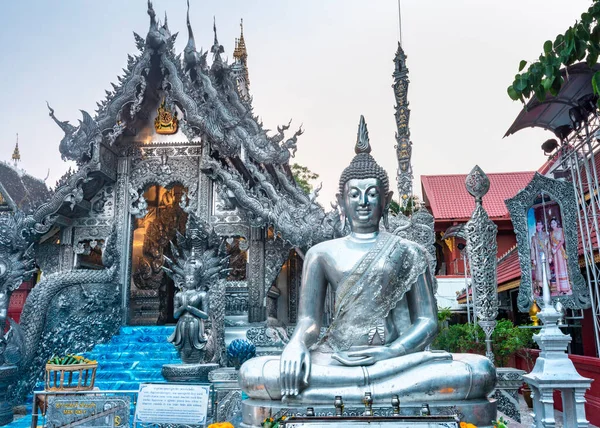
The Silver Temple in Chiang Mai showcases traditional metalworking skills that transform an entire temple complex into what appears to be crafted from precious metal. Every surface displays intricate silver repoussé work that creates detailed scenes from Buddhist mythology and Lanna history.
The nighttime illumination turns the silver surfaces into a glowing beacon that reflects light in countless directions.
Like Travel Pug’s content? Follow us on MSN.
Wat Phra That Doi Kham

This hilltop temple south of Chiang Mai offers panoramic views that stretch across the Ping River valley toward distant mountain ranges. The massive seated Buddha image carved into the mountainside can be seen from several miles away and serves as a landmark for the entire southern approach to the city.
The temple complex includes caves with additional Buddha images that create intimate worship spaces carved directly into the rock.
Wat Lok Molee
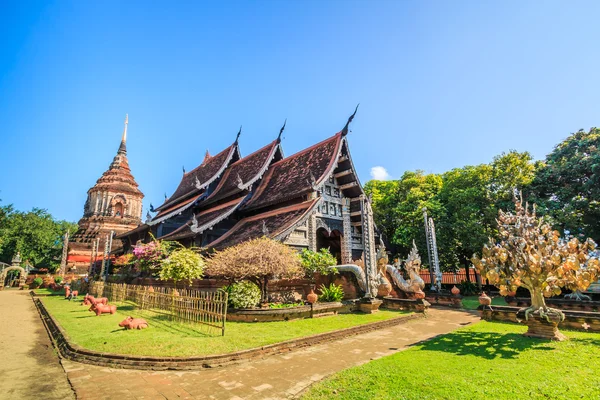
This Chiang Mai temple combines Lanna and Burmese architectural influences in ways that reflect the complex cultural exchanges that shaped northern Thai design. The unique chedi style and decorative elements show how different Buddhist traditions merged to create something distinctly regional.
The peaceful atmosphere and mature trees create an oasis feeling despite the temple’s location near busy city streets.
Wat Banden
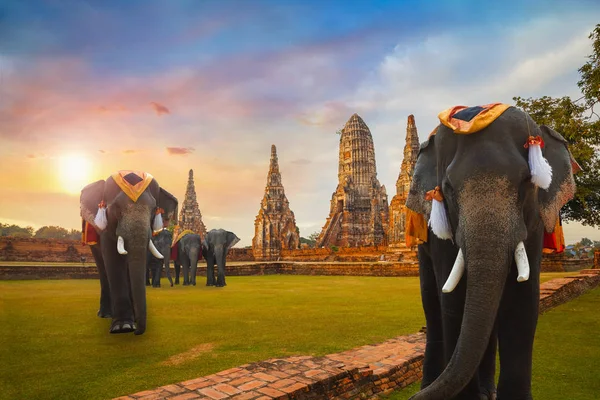
Located about 12 miles from Chiang Mai, this temple complex demonstrates how rural temples maintained traditional building techniques and artistic styles. The wooden structures and original murals showcase craftsmanship that has largely disappeared from urban temple construction.
The setting among rice fields and traditional villages provides context for understanding how temples functioned as community centers in agricultural societies.
Like Travel Pug’s content? Follow us on MSN.
Wat Jong Klang and Wat Jong Kham

These twin temples in Mae Hong Son sit beside a lake that doubles their visual impact through perfect reflections in the still water. The Burmese-influenced architecture reflects the border region’s cultural connections and creates a unique aesthetic that differs from central Thai temple design.
Early morning mist rising from the lake often obscures and reveals the temples in ways that feel almost magical.
Wat Phra That Cho Hae

This Phrae temple houses a sacred relic in a chedi wrapped in golden cloth that gives the structure its distinctive appearance and name. The tradition of re-wrapping the chedi annually brings together communities from across the region in a ceremony that has continued for centuries.
The temple grounds include a museum displaying textiles and artifacts that illuminate the area’s weaving traditions and cultural heritage.
Wat Huay Pla Kang
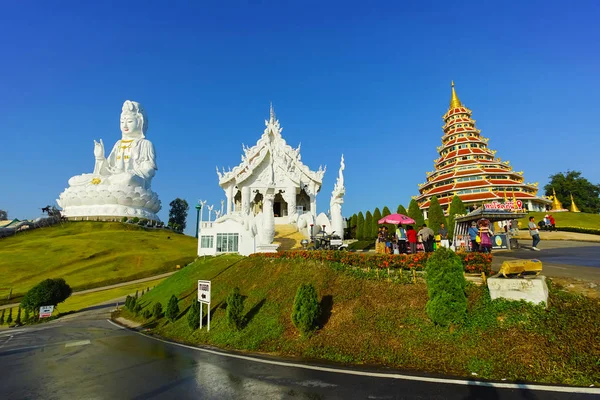
The 260-foot-tall Guan Yin statue at this Chiang Rai temple creates a landmark visible from throughout the surrounding valley. The massive white figure represents Chinese Buddhist influences that have shaped northern Thai religious practices over centuries.
An elevator inside the statue allows visitors to reach observation levels that provide 360-degree views of the Golden Triangle region.
Like Travel Pug’s content? Follow us on MSN.
Wat Phra That Doi Tung

Perched on Doi Tung mountain near the Myanmar border, this temple sits at one of northern Thailand’s highest elevations and offers views across three countries. The twin chedis housing Buddha relics have attracted pilgrims for over 1,000 years despite the challenging mountain access.
The temple’s role in regional politics and border area development adds contemporary significance to its ancient spiritual importance.
Wat Phra That Doi Chom Thong

This Chiang Rai temple crowns a hill that provides commanding views over the Kok River valley and surrounding agricultural areas. The chedi design incorporates Lanna architectural elements with influences from neighboring cultures, creating a unique regional style.
The temple complex includes meditation caves carved into the hillside that offer quiet spaces for contemplation away from the main worship areas.
Wat Phan Tao
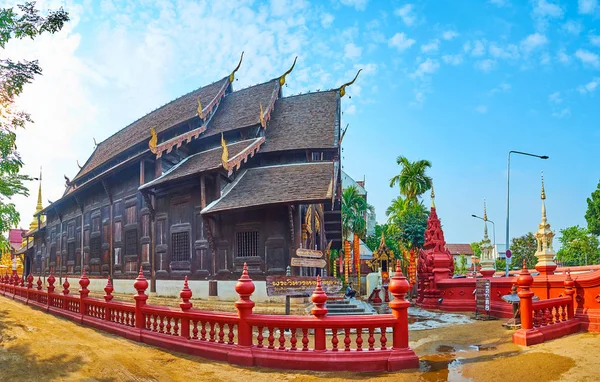
This entirely wooden temple in Chiang Mai represents traditional Lanna craftsmanship at its finest, built without a single nail using ancient joinery techniques. The teak structure glows with a warm honey color that changes throughout the day as sunlight filters through the intricate wooden lattice work.
The temple sits quietly beside the more famous Wat Chedi Luang, offering visitors a chance to experience the intimate scale and organic beauty of traditional northern Thai architecture.
Like Travel Pug’s content? Follow us on MSN.
Where Sacred Stones Still Speak
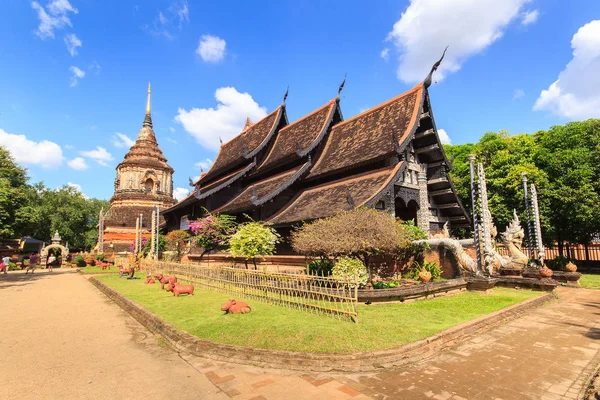
These northern temples connect Thailand’s Buddhist present to foundations laid more than a millennium ago, when the first Lanna kingdoms established sacred sites that still draw millions of visitors annually. The golden chedis, intricate carvings, and peaceful compounds represent an unbroken chain of devotion that survived wars, weather, and centuries of political change.
Each temple visit offers both spiritual reflection and historical education, making northern Thailand’s sacred architecture accessible to anyone seeking beauty, wisdom, or simply a moment of peace. The region’s temples prove that some human creations transcend their original purposes to become treasures that enrich every generation fortunate enough to experience them.
More from Travel Pug

- 20 Best Beach Towns in the Carolinas
- 13 Destinations Where Tourists Regularly Regret Their Trip
- 20 Things You Actually Get in First Class
- 20 Small Airports With Aviation Museums
- 20 Places in the U.S. That Are Perfect for a Reset Trip
Like Travel Pug’s content? Follow us on MSN.
